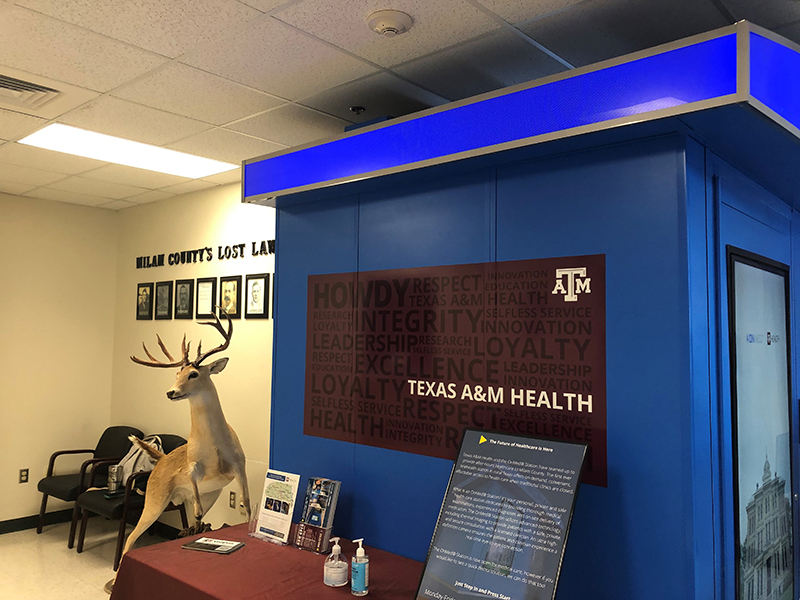Sickness rarely waits for a good time to strike — something Michelle Morgan knows all too well.
“My children never got an ear infection on a Tuesday morning,” says Morgan, the economic coordinator for Milam County, Texas. “It was always a Friday night or Sunday.”
This is a familiar and stressful dilemma for people in Milam County. Both hospitals in the county closed recently, leaving people with the choice of waiting until Monday to see a primary care doctor or driving 45 minutes to the nearest urgent care clinic.
“After 5 p.m., there’s nothing open 40 miles in any direction,” says Dr. Joy Alonzo, principal investigator with Texas A&M University in College Station. “That describes 75% of Texas or more.”
People living in rural areas of the U.S. are more likely to die from heart disease, cancer, unintentional injuries and strokes than people living in urban areas — due in part to trouble accessing care.
And more traditional solutions to care access, like in-home telemedicine, aren’t realistic for rural areas of the country because of lack of access to secure broadband connections. According to the Federal Communications Commission, more than 21 million Americans don’t have access to broadband.
A Texas A&M project, funded by Health Care Service Corporation's Texas plan, is testing innovative ways to solve the problem of rural access to care.
“We provide coverage in all 254 counties throughout Texas,” says Shara McClure, divisional vice president of health care delivery for HCSC's Texas plan. “It’s part of our mission to make sure we have affordable accessible health care.”
In Milam County, that means a new telemedicine “kiosk” or health care station for residents in need of urgent care outside of normal office hours. The health care station is in the lobby of the county sheriff’s office, which has reliable internet access and is open 24-7.


